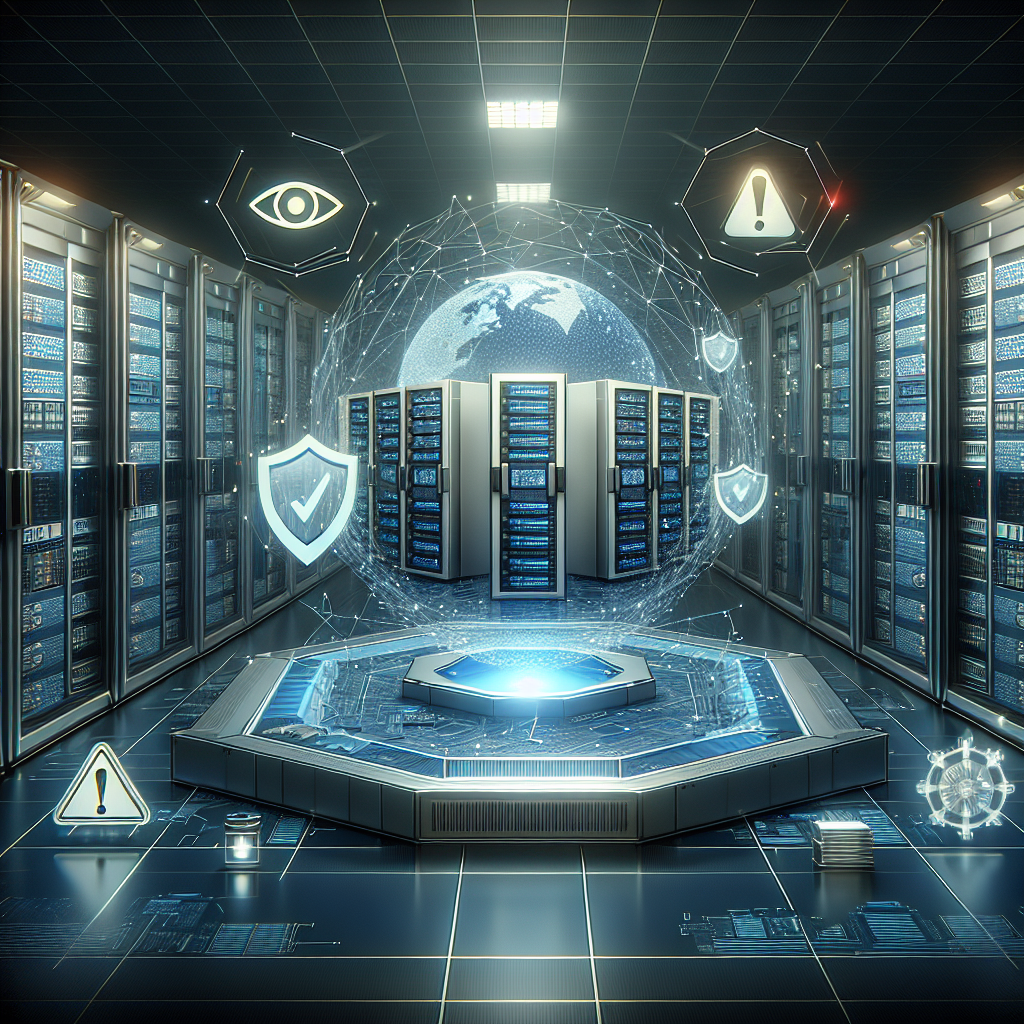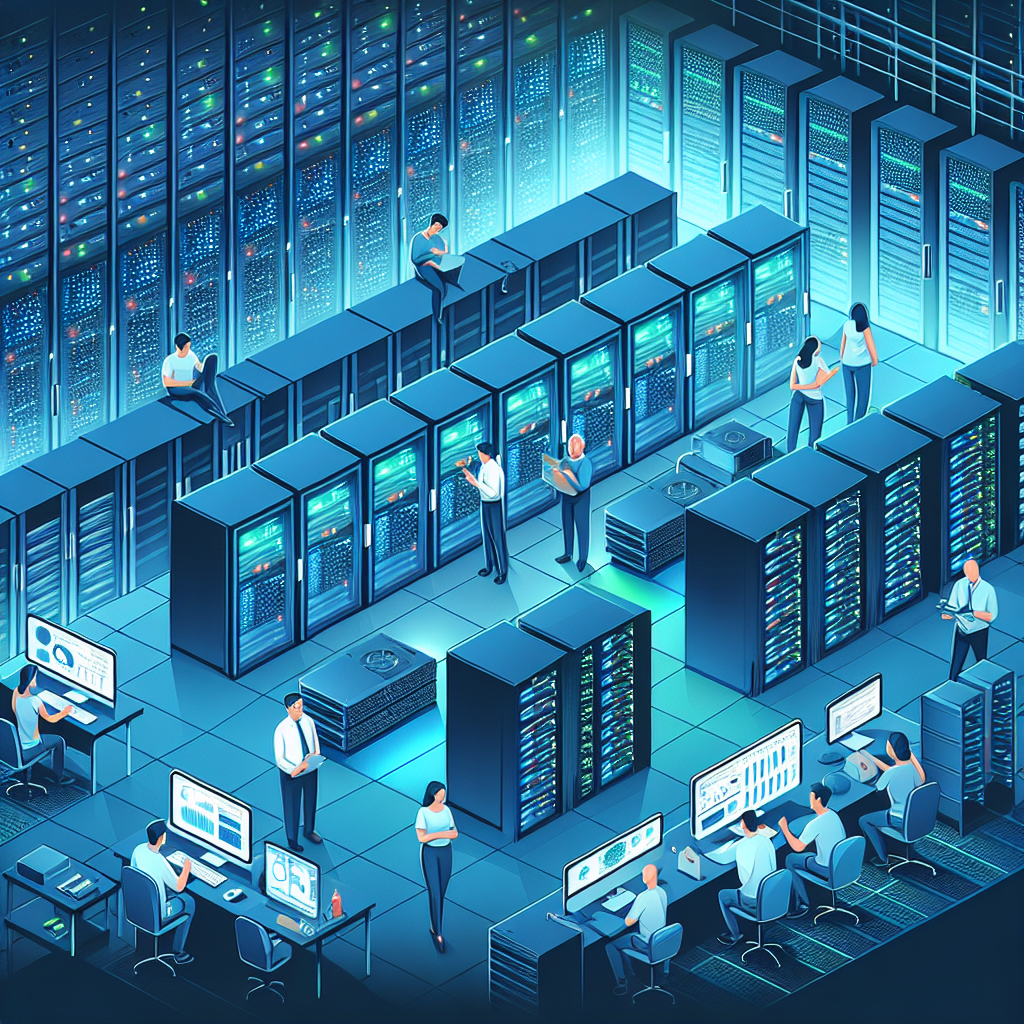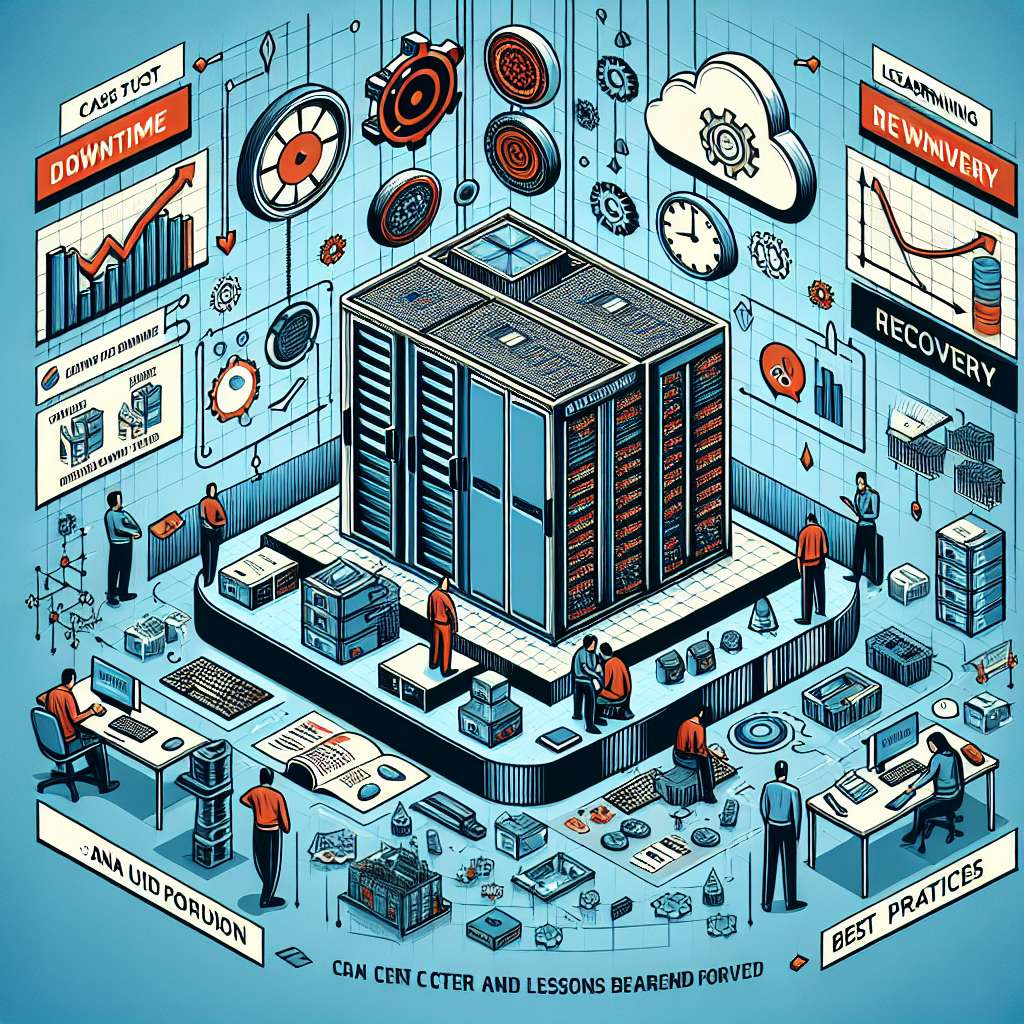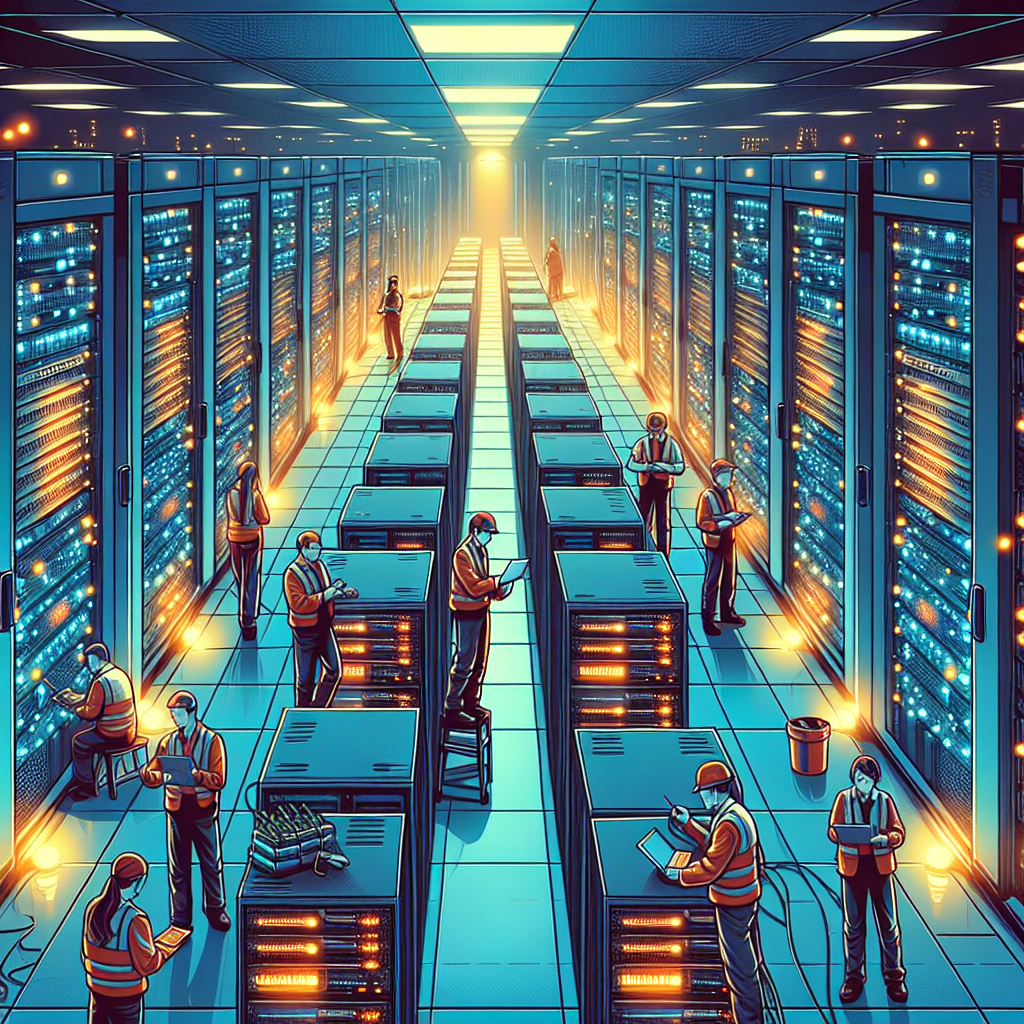Data centers are the backbone of the modern digital economy, providing the infrastructure necessary to support the vast amount of data that is generated and processed every day. However, like any complex system, data centers are prone to downtime and failures, which can have significant economic consequences for businesses that rely on them.
One key metric that data center operators use to measure the reliability and efficiency of their operations is Mean Time to Repair (MTTR). MTTR is a measure of how long it takes to repair a failed component or system and bring it back online. The lower the MTTR, the faster a data center can recover from downtime and resume normal operations.
Calculating the cost of downtime and repair time is essential for data center operators to understand the economic impact of failures and prioritize investments in improving reliability and resilience. The cost of downtime can be calculated by multiplying the average revenue generated per hour by the duration of the downtime. For example, if a data center generates $10,000 per hour in revenue and experiences 4 hours of downtime, the cost of downtime would be $40,000.
In addition to the cost of downtime, data center operators must also consider the cost of repair time. This includes the cost of labor, replacement parts, and any other expenses associated with restoring the failed component or system. By calculating the cost of repair time, data center operators can determine the optimal balance between investing in preventive maintenance and reactive repairs.
Reducing MTTR can have a significant impact on the economics of data center operations. By investing in proactive maintenance, redundant systems, and automation tools, data center operators can minimize the risk of failures and shorten the time it takes to recover from downtime. This not only reduces the economic impact of failures but also improves the overall reliability and efficiency of the data center.
In conclusion, the economics of data center MTTR are crucial for businesses to understand the true cost of downtime and repair time. By calculating the cost of failures and investing in measures to reduce MTTR, data center operators can improve the reliability and efficiency of their operations, ultimately leading to better business outcomes and customer satisfaction.










